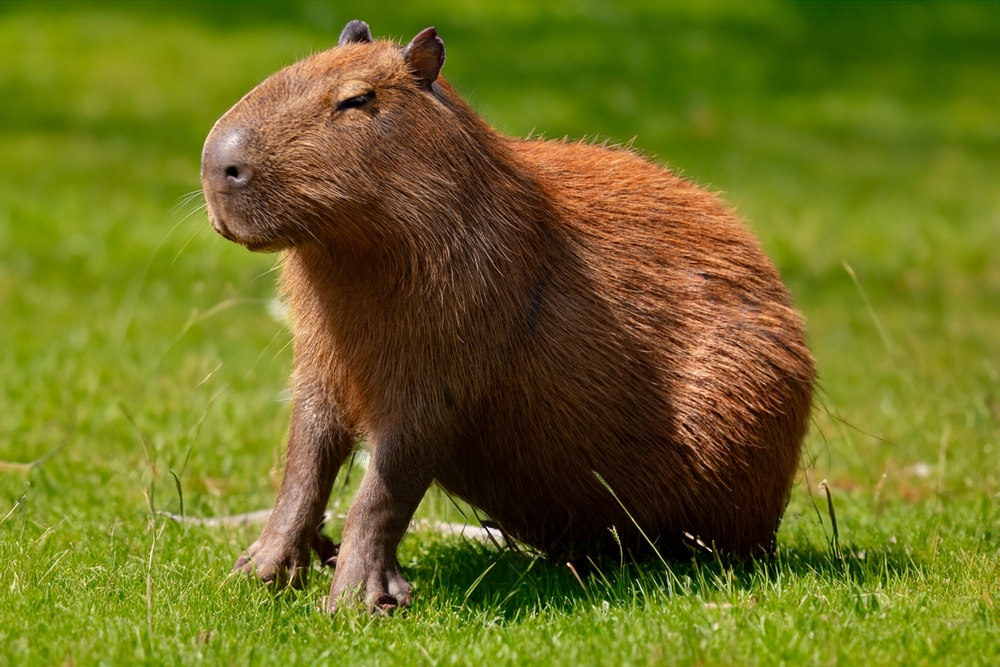Capybaras: The World's Largest Rodent as a Pet
Capybaras might not be the first animal to come to mind when considering a new pet, but these unusual creatures are capturing the hearts of adventurous animal lovers around the world. Capybaras are native to South America and are renowned for being the largest rodent species on the planet. Historically, their existence was primarily confined to the wetlands and marshes of this continent, but in recent years, their popularity as exotic pets has skyrocketed.

Historical Context and Key Developments
Capybaras belong to the “Hydrochoerus hydrochaeris” species and have been an integral part of South American ecosystems for centuries. They have co-evolved with the continent’s wetland environments, which provide the perfect habitat for these semi-aquatic creatures.
Their rise in popularity as pets began in the early 2000s when several countries, including the United States, started to issue permits for capybara ownership. This trend has continued to grow, with capybaras becoming increasingly popular within the exotic pet market.
Current News and Updates
In recent years, the capybara pet trend has made headlines around the world. Celebrities, such as the Japanese artist Tatsuro Kiuchi, have shared their experiences of capybara ownership, further fueling interest in these unusual pets.
In the United States, laws surrounding capybara ownership vary from state to state. Some states allow capybara pets with a special permit, while others prohibit them entirely. Therefore, potential owners are strongly advised to research their local laws before considering a capybara as a pet.
Pet Product Trends and Market Impact
While capybaras are not your average pet, they have spurred a niche market for capybara-specific products and services. High-quality diets, spacious enclosures, and even capybara swimming pools are now available, with prices ranging from $100 to several thousand dollars.
The market for capybara products is still relatively small, but with the continued interest in these pets, it’s expected to grow. This trend presents an exciting opportunity for businesses in the pet industry to cater to a new and unique customer base.
Research Insights
Research has shown that capybaras can make rewarding pets for the right owners. They are highly social animals and form strong bonds with their human caregivers. However, they also require specific care and a suitable environment to ensure their well-being.
Research has also explored the potential impacts of the capybara pet trend on local ecosystems. In some cases, escaped or released capybaras have established breeding populations in non-native areas, posing potential threats to local wildlife.
Blending Depth with Accessibility
Having a capybara as a pet is not for everyone. They are large animals with specific needs and can be costly to care for. Yet for those who are prepared to meet these needs, capybara ownership can offer a unique and rewarding experience.
At the same time, it’s crucial to consider the potential ecological impacts of keeping non-native species like capybaras as pets. We must balance our fascination with these extraordinary creatures with our responsibility to protect natural ecosystems.
In conclusion, the capybara pet trend is a fascinating development within the world of exotic pet ownership. As we continue to explore this trend, we must strive to balance our desire for unique pets with our responsibility to the environment and animal welfare.




